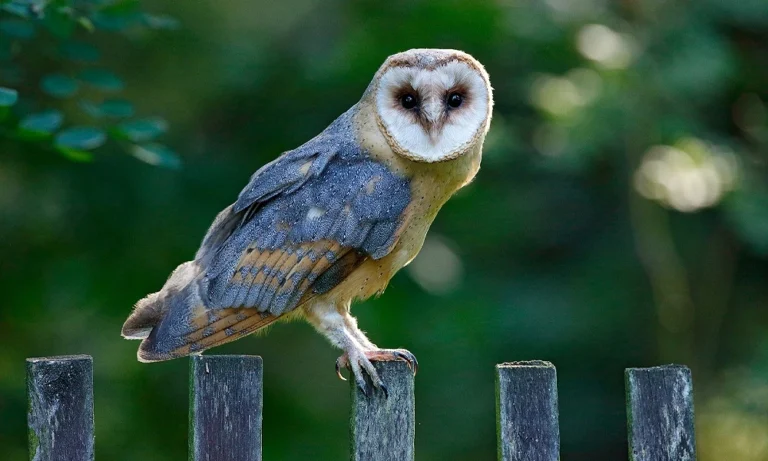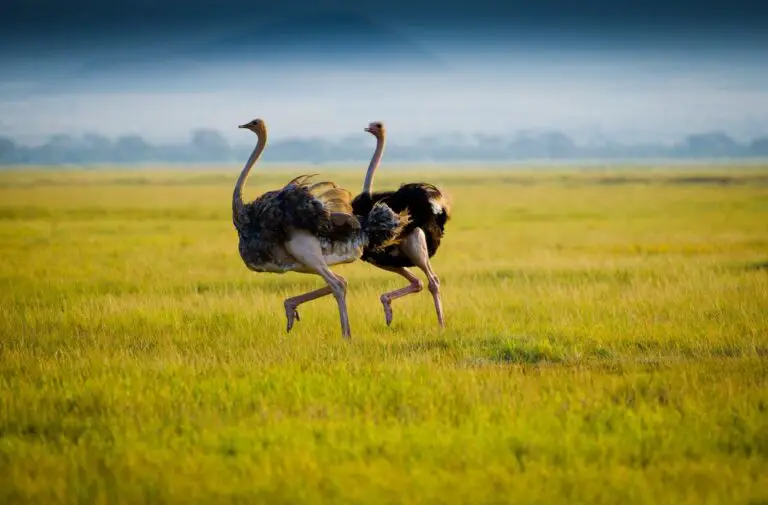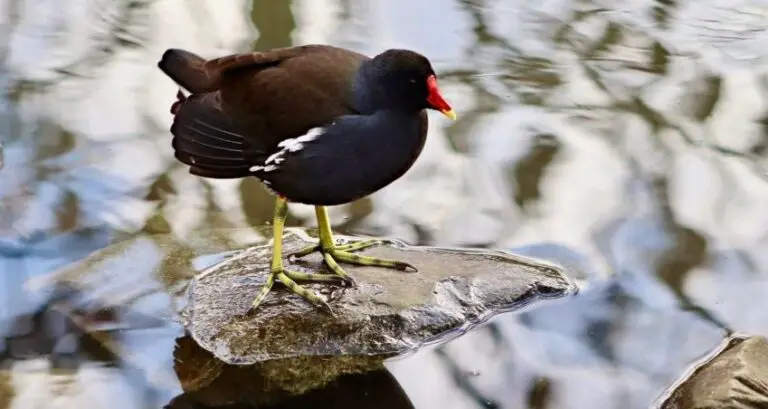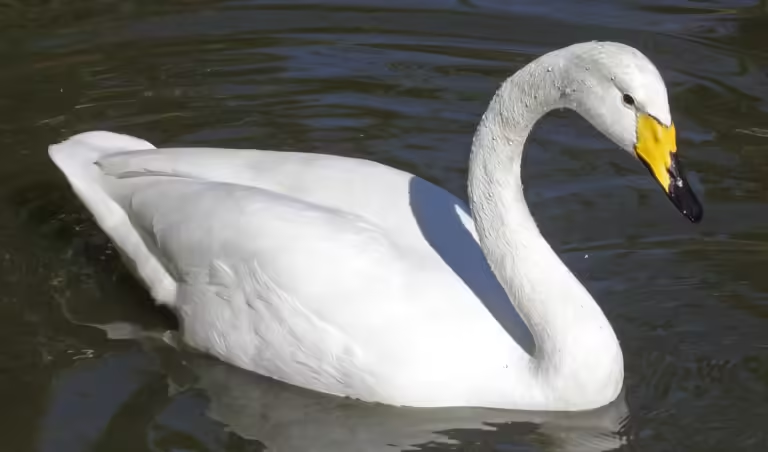As you explore the world of waterfowl Anseriformes ducks, you’ll discover a fascinating array of adaptations that set them apart from other birds. Their remarkable feathers, for instance, provide exceptional insulation and waterproofing, allowing them to thrive in aquatic environments. But that’s just the beginning. From their webbed feet to their specialized swimming technique, diving abilities, and opportunistic feeding habits, every aspect of their biology seems designed to help them succeed in diverse ecosystems. But what’s behind these remarkable traits, and how do they contribute to their success?
Key Takeaways
- Waterfowl ducks have exceptional insulation due to their unique feathers and downy undercoat, keeping them warm in cold temperatures and cool in hot temperatures.
- Their webbed feet, angled outward, provide propulsion and maneuverability in the water, making them efficient swimmers.
- Adaptations for diving, such as a slowing heart rate and redirected blood flow, allow waterfowl ducks to dive to depths of up to 20 feet.
- Beak shapes and foraging techniques vary among species, enabling them to exploit specific food sources, from aquatic plants to small fish.
- Waterfowl ducks exhibit remarkable adaptability and migration patterns, thriving in diverse aquatic habitats and responding to changing environmental conditions.
Unique Feathers and Plumage

How do waterfowl ducks manage to thrive in diverse aquatic environments, from icy tundras to scorching deserts?
Their unique feathers and plumage play a crucial role in their adaptability. You’ll notice that ducks have a remarkable coat of feathers that provide exceptional insulation.
The downy insulation, found beneath their outer feathers, traps warm air next to their skin, keeping them cozy in freezing temperatures. In contrast, when it’s hot, they can release heat by fluffing out their feathers, allowing air to circulate and cool them down.
To maintain their feathers, ducks engage in regular preening, using their beaks to apply a special oil from a gland near their tails.
This oil helps to waterproof their feathers, making them more resistant to water and weather conditions. Additionally, ducks also have a unique feather structure, with tiny barbs that zip together, creating a tight, impenetrable layer.
This remarkable feather maintenance ensures that their plumage remains in top condition, allowing them to survive and thrive in a wide range of aquatic environments.
Webbed Feet and Swimming
As you observe waterfowl ducks in their aquatic habitats, you’ll notice their remarkable ability to propel themselves through the water with ease.
This is largely due to their unique foot structure, specifically their webbed feet. The webbed connection between their toes increases the surface area of their feet, allowing them to push against the water more efficiently. This, in turn, generates the propulsion they need to swim and maneuver through their environment.
The propulsion mechanisms used by ducks are also noteworthy.
When they swim, they use a combination of kicks and strokes to generate forward motion. Their feet are angled outward, allowing them to push against the water with each stroke. As they pull their feet back toward their bodies, they create a suction effect, further enhancing their propulsion.
This efficient system enables ducks to conserve energy while swimming, making them well-adapted to their aquatic lifestyle. The webbed feet and propulsion mechanisms of waterfowl ducks are a testament to their remarkable adaptability and unique characteristics.
Exceptional Diving Abilities

Beyond their impressive swimming capabilities, waterfowl ducks also possess exceptional diving abilities that allow them to forage for food and escape predators with remarkable agility.
When you dive, you experience a sudden change in pressure, but ducks have adaptations to handle this. Their diving reflexes, also known as the diving response, slow down their heart rate and redirect blood flow to conserve oxygen.
This allows them to dive to depths of up to 20 feet in search of aquatic plants, crustaceans, and small fish.
You might wonder how they withstand the pressure at such depths. The answer lies in their pressure tolerance.
Ducks have a unique physiology that enables them to maintain a stable internal pressure, even when faced with external pressure changes. Their eyes, ears, and sinuses are specially adapted to equalize pressure, preventing damage from the increased pressure underwater.
Additionally, their feathers and fat layers provide insulation, helping to conserve energy and maintain body temperature during long dives.
These remarkable adaptations make ducks highly efficient and effective divers, allowing them to thrive in aquatic environments.
Foraging and Eating Habits
Many waterfowl ducks are opportunistic feeders, taking advantage of whatever food sources are available in their aquatic environment.
As you observe their foraging habits, you’ll notice that their beak shapes play a crucial role in determining their diet. For example, ducks with broad, flat beaks are well-suited for filtering small plants and invertebrates from the water’s surface, while those with narrower, pointed beaks are more adept at retrieving submerged vegetation or catching fish.
You’ll also find that different species of ducks have adapted to exploit specific food sources. Some ducks, like mergansers, feed on fish and other aquatic animals, while others, like wood ducks, prefer to forage on acorns and other terrestrial plants.
In addition, many ducks are omnivores, consuming everything from aquatic insects to grains and seeds.
When you watch ducks foraging, you’ll see that they use a variety of techniques to obtain food. They may swim, dive, or wade in the water, using their keen eyesight and sensitive beaks to locate and capture prey.
Adaptability and Migration Patterns
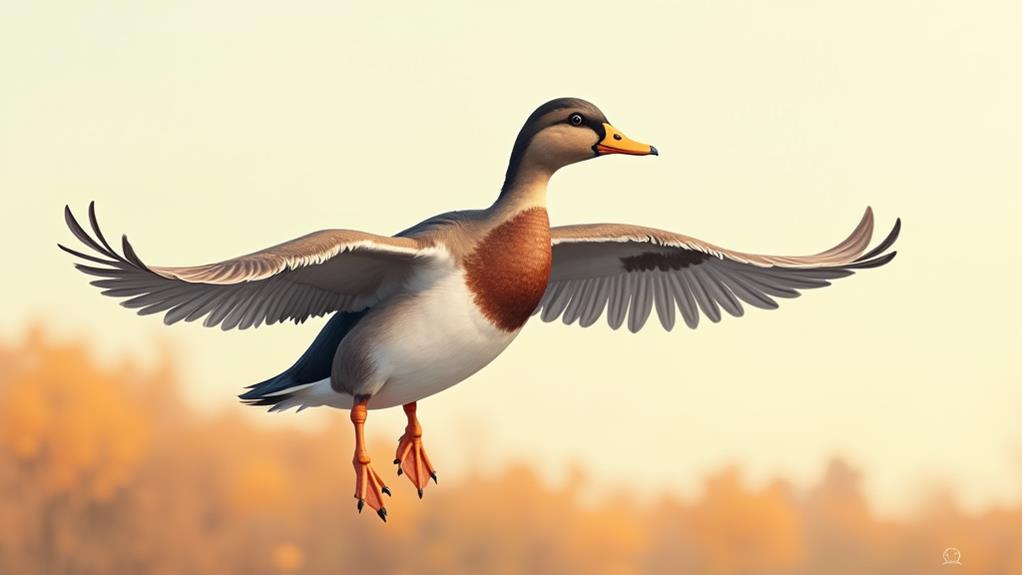
Waterfowl ducks exhibit remarkable adaptability in response to changing environmental conditions, which enables them to thrive in a wide range of aquatic habitats.
You’ll find them in wetlands, rivers, lakes, and coastal areas, demonstrating exceptional habitat flexibility. Their adaptability is largely due to their ability to adjust their behavior, physiology, and morphology to cope with varying water levels, temperatures, and food availability.
As you observe their migration patterns, you’ll notice that they’re highly responsive to climate changes.
They’ve developed climate resilience by migrating to areas with more favorable conditions, allowing them to escape harsh weather and find food sources. Some species, like the Mallard, are partial migrants, while others, like the Wood Duck, make long-distance journeys between breeding and wintering grounds.
Their remarkable adaptability and migration patterns enable waterfowl ducks to occupy a wide range of ecological niches, ensuring their survival and success in diverse environments.
FAQs: waterfowl Anseriformes ducks
Can Waterfowl See Underwater With Their Eyes Open or Closed?
You’ll find that waterfowl can see underwater with their eyes open, thanks to a remarkable eye adaptation that allows them to focus in low light conditions, maintaining impressive visual acuity even when submerged.
Do Ducks Have Belly Buttons or Navels?
You’re probably thinking, “Wait, do ducks even have bodies that could form belly buttons?” But yes, they do! And surprisingly, ducks do have navels, although they’re often hidden by feathered scars, a result of navel evolution that’s adapted to their aquatic lifestyle.
Can Ducks Breathe Through Their Butts or Cloaca?
You’re wondering if ducks can breathe through their butts or cloaca; surprisingly, they can’t. Their cloaca serves as a venting mechanism for waste and reproduction, not their respiratory system, which relies on lungs and air sacs for oxygen intake.
Are Ducks Monogamous, and Do They Form Long-Term Pair Bonds?
You’ll discover that ducks engage in elaborate mating rituals, with many species exhibiting pair fidelity, where they form long-term bonds, often staying together for multiple breeding seasons, and even displaying remarkable loyalty to their chosen mate.
Can Ducks Recognize Themselves in a Mirror or Have Self-Awareness?
You explore the fascinating realm of avian cognition, wondering if ducks possess self-awareness, recognizing themselves in a mirror. Research suggests they lack mirror neurons, limiting their cognitive abilities, and, unlike some birds, they don’t exhibit self-directed behavior, indicating limited self-awareness.
Conclusion: Types of Waterfowl Ducks
As you wade through the marshy waters, you’re likely to stumble upon a duck, its feathers glistening like ancient armor. These remarkable birds have perfected the art of aquatic living, with traits that have been fine-tuned over centuries. From their insulating feathers to their webbed feet, exceptional diving skills, and adaptable nature, waterfowl Anseriformes ducks are the epitome of evolutionary success. They’ve cracked the code to thriving in diverse environments, ensuring their survival in an ever-changing world.



